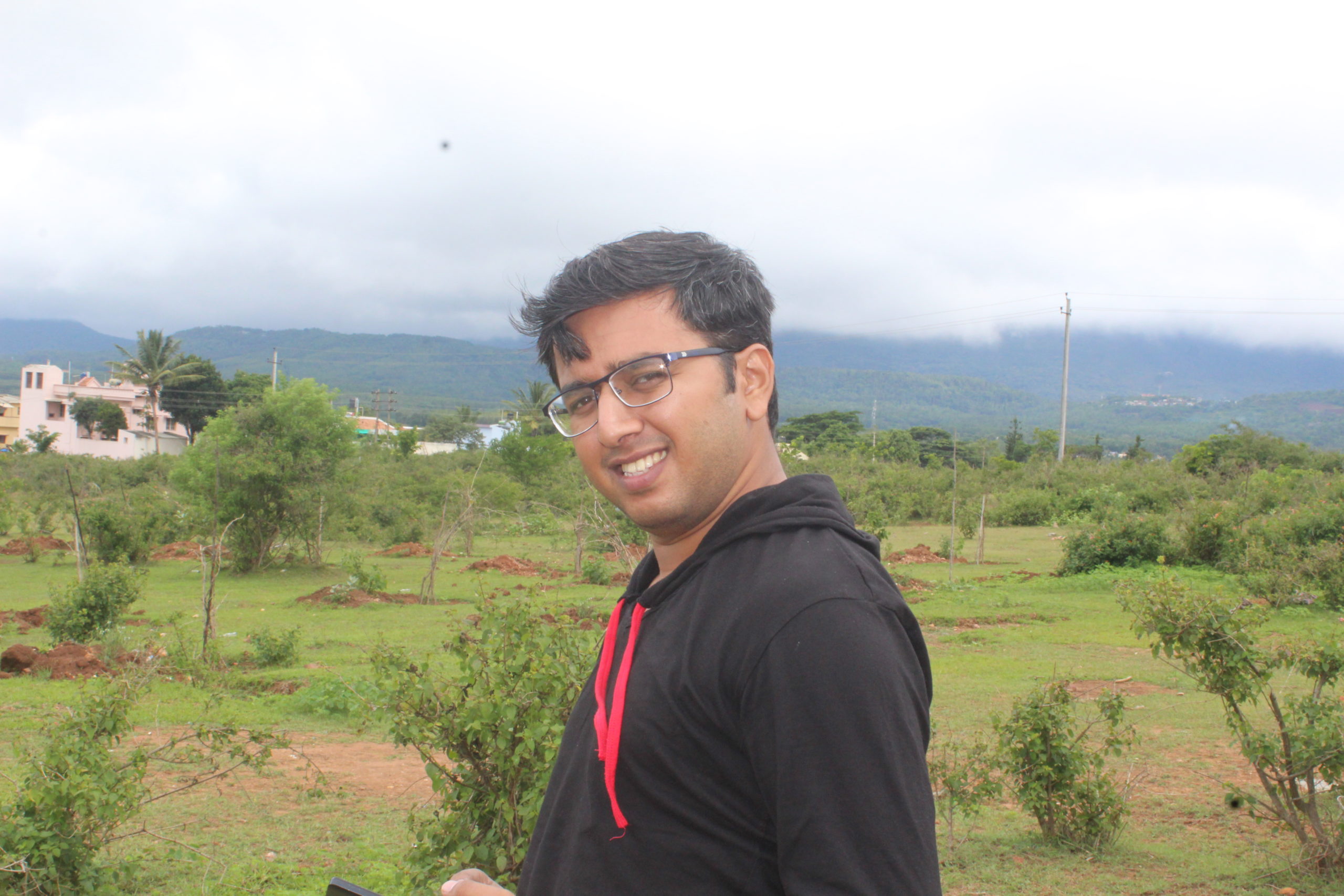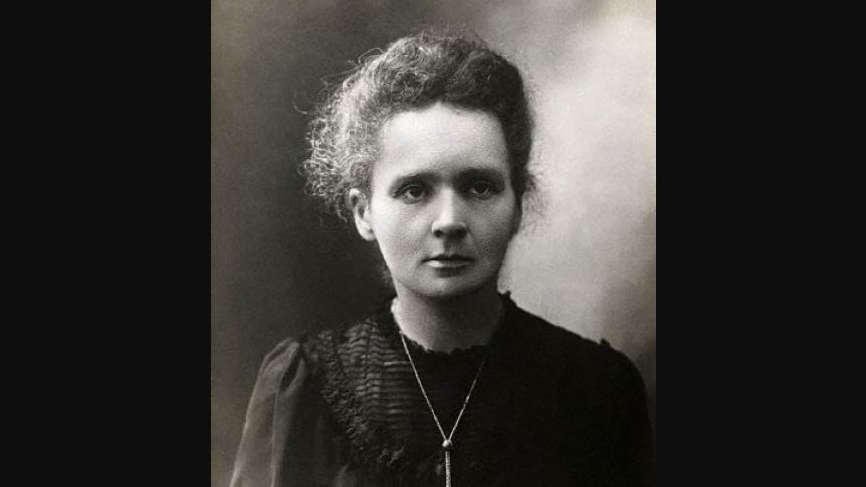According to the United Nations, less than 30% of the world’s researchers are women. In addition, women in science, technology, engineering and mathematics (STEM) fields are “are published less, paid less for their research and do not advance as far as men in their careers,” according to Phumzile Mlambo-Ngcuka, Under-Secretary-General of the United Nations and Executive Director of UN Women.
To recognise the critical role of women and girls in science and technology, and to promote access to and participation of women in these fields, the United Nations marks February 11 as the ‘International Day of Women and Girls in Science’. The theme this year is, ‘’Investment in Women and Girls in Science for Inclusive Green Growth.’ As this year’s celebrations commence, let us look back at the incredible contributions of a few women in the field of environment and science, and take inspiration for the future.
Jane Goodall and chimpanzees in Africa
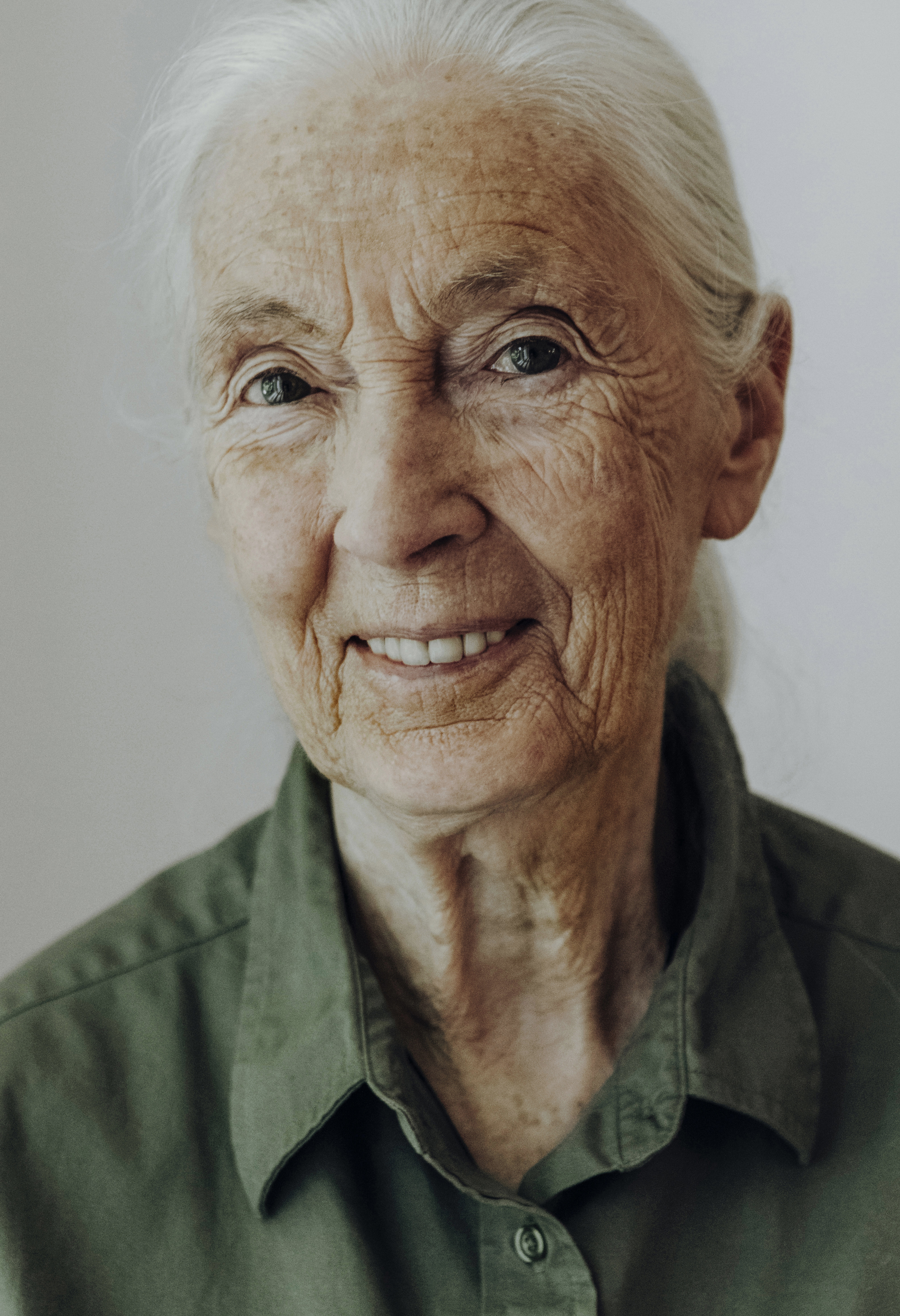
“When I was 10, everybody laughed at me because I wanted to go to Africa and live with wild animals,” Jane Goodall, renowned primatologist, recently told a UAE newspaper. The heartwarming video of Wounda, a rescued chimpanzee hugging Jane had brought tears to the entire community of conservationists a few years ago. Jane showed the world that a woman, raised in the World War era, could brave forbidding jungles all alone and teach humanity lessons in compassion towards animals.
Carrying a small binocular and a notebook, Jane ventured into the jungles of Tanzania in 1960 to study human’s closest living relative, the chimpanzee. Today, she is known as the world’s foremost expert on chimpanzees and is the founder of the Jane Goodall Institute. Apart from documenting eye-opening observations on the social and family life of chimpanzees, she is known for her discovery that chimpanzees make and use tools and are omnivorous.
How Anna Mani revolutionised Indian meteorology
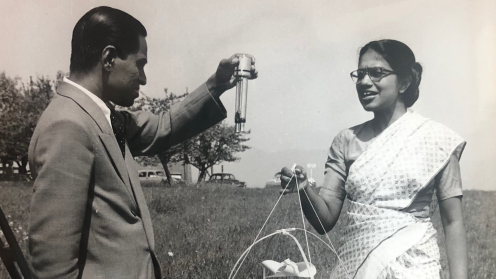
Indian physicist and meteorologist Anna Mani was the first female Deputy Director-General of the Indian Meteorological Department (IMD). Starting her career under the supervision of Nobel Laureate Dr CV Raman at the Indian Institute of Science, Bengaluru, she went on to specialise in meteorological instruments at Imperial College of London. She once said, “My being a woman has absolutely no bearing on what I choose to do in life. I was neither penalised nor privileged for being a female.”
Anna joined IMD in the year 1948 and worked on making India self-sufficient by designing and developing its own weather instruments. She is known for her research on solar radiation, ozone and wind energy measurement. The World Meteorological Organisation also acknowledges that it was her leadership in the field that put India at the forefront of countries where meteorological data were used for studying alternative sources of energy.
Rachel Carson and the silent spring
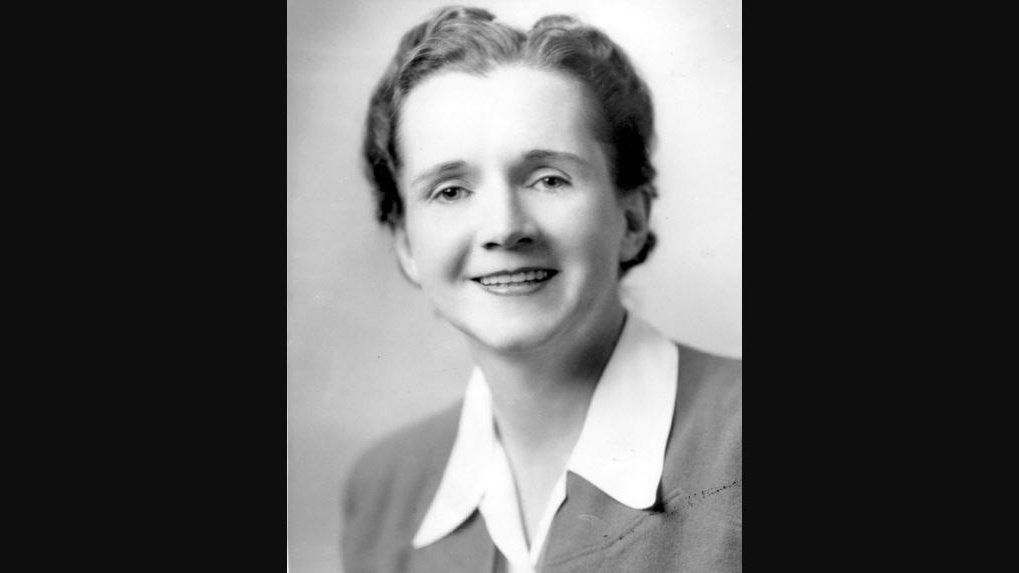
American marine biologist Rachel Louise Carson is credited for the modern global environmental revolution.
The introduction of Dichloro-diphenyl-trichloroethane (DDT) in 1945 led to a rampant rise in the usage of the harmful chemical across the globe, especially in the United States. Concerned about the ill-effects of synthetic pesticides on the environment, Rachel started her research and writing on the topic in the late 1940s. After multiple rejections from the print media for her controversial views, she started working on her own book on the issue in 1958.
After four years of extensive work, Rachel came out with the book, ‘Silent Spring’, enumerating the numerous harmful impacts of pesticides on humans, animals and the environment. The message was so strong that it led to a first-of-its-kind environmental movement across the globe. President John F. Kennedy directed further examination of the impacts of DDT and the pesticide came under much more government supervision. Eventually, it was banned altogether across the United States.
An even more substantial impact of Rachel Carson’s research and writing is that she brought science to people, probably for the first time, showing that nature is vulnerable to human activities, and we all must act carefully.
Vera Rubin and dark matter
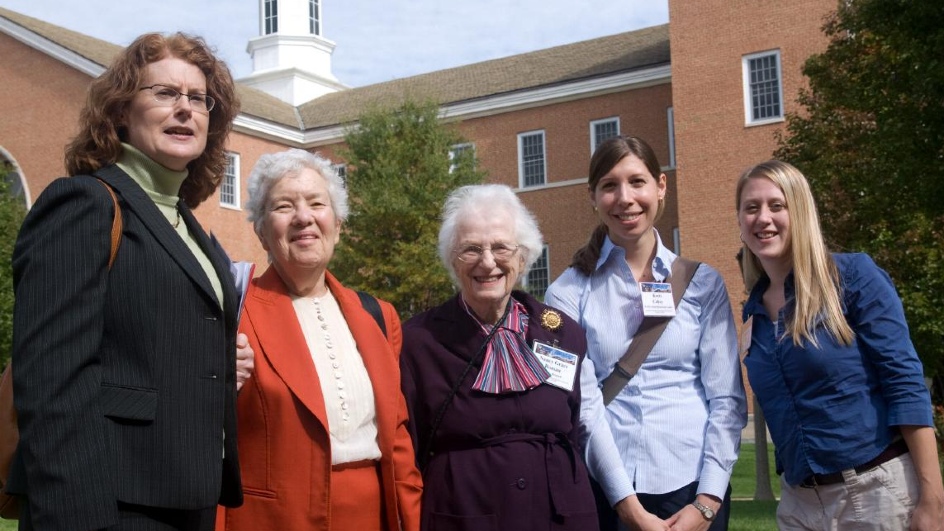
Astronomy is not just about the celestial objects that are visible to us and our telescopes. The galaxies and stars we see are under the constant influence of gravity from invisible matter that accounts for nearly 85% of the universe, called dark matter. An American astronomer, Vera Florence Cooper Rubin, was one of the first to provide evidence for this mysterious matter in the 1970s by studying the motion of galaxies.
Vera Rubin is known for mentoring many female astronomers and was a strong advocate for women in science. Leading astronomers in those days initially dismissed her theories on peculiar motions of the galaxies during the 1970s. However, in subsequent decades, her findings and theories were proven to be valid, and in 1993, President Bill Clinton awarded her the National Medal of Science. Today, a ridge (Vera Rubin Ridge) on Mars and an asteroid (5726 Rubin) carry her name and remind us about her contribution to our understanding of the universe.
Marie Curie and radioactivity
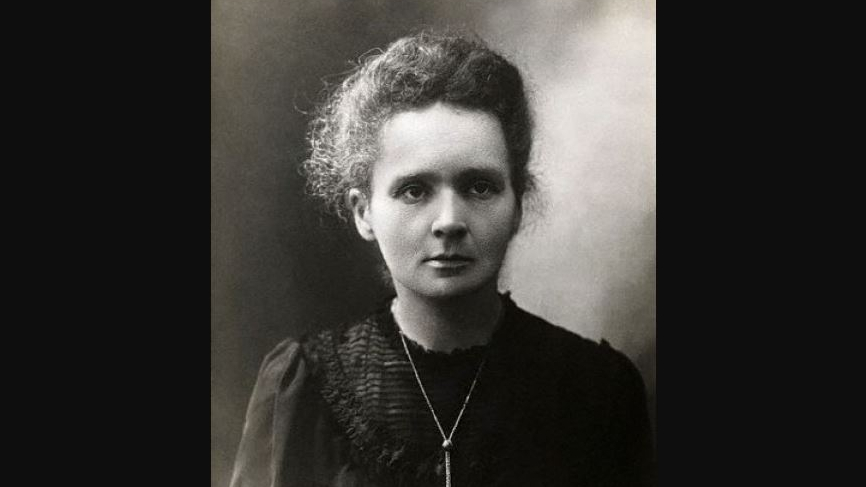
No list of scientific achievements is complete without mentioning the first woman to win a Nobel prize, and the only one to win it twice: Marie Curie. The development of the theory of radioactivity, method of isolating radioactive isotope and the discovery of elements like polonium and radium are some of her notable contributions in the field of physics and chemistry. In fact, Marie Curie coined the term ‘radioactivity’.
Marie is the only person to win the Nobel prize in two different scientific fields: one in 1903 in physics and the other in 1911 in chemistry. She went on to become the director of the Red Cross Radiology Service and developed mobile radiography units, which came to be popularly known as petites Curies (“Little Curies”). Estimates suggest that over one million wounded soldiers were treated using her X-ray units.
Marie died in 1934, at the age of 66, in France of aplastic anaemia, a rare condition where the body ceases to produce new blood cells. It was attributed to long-term exposure to radiation.

